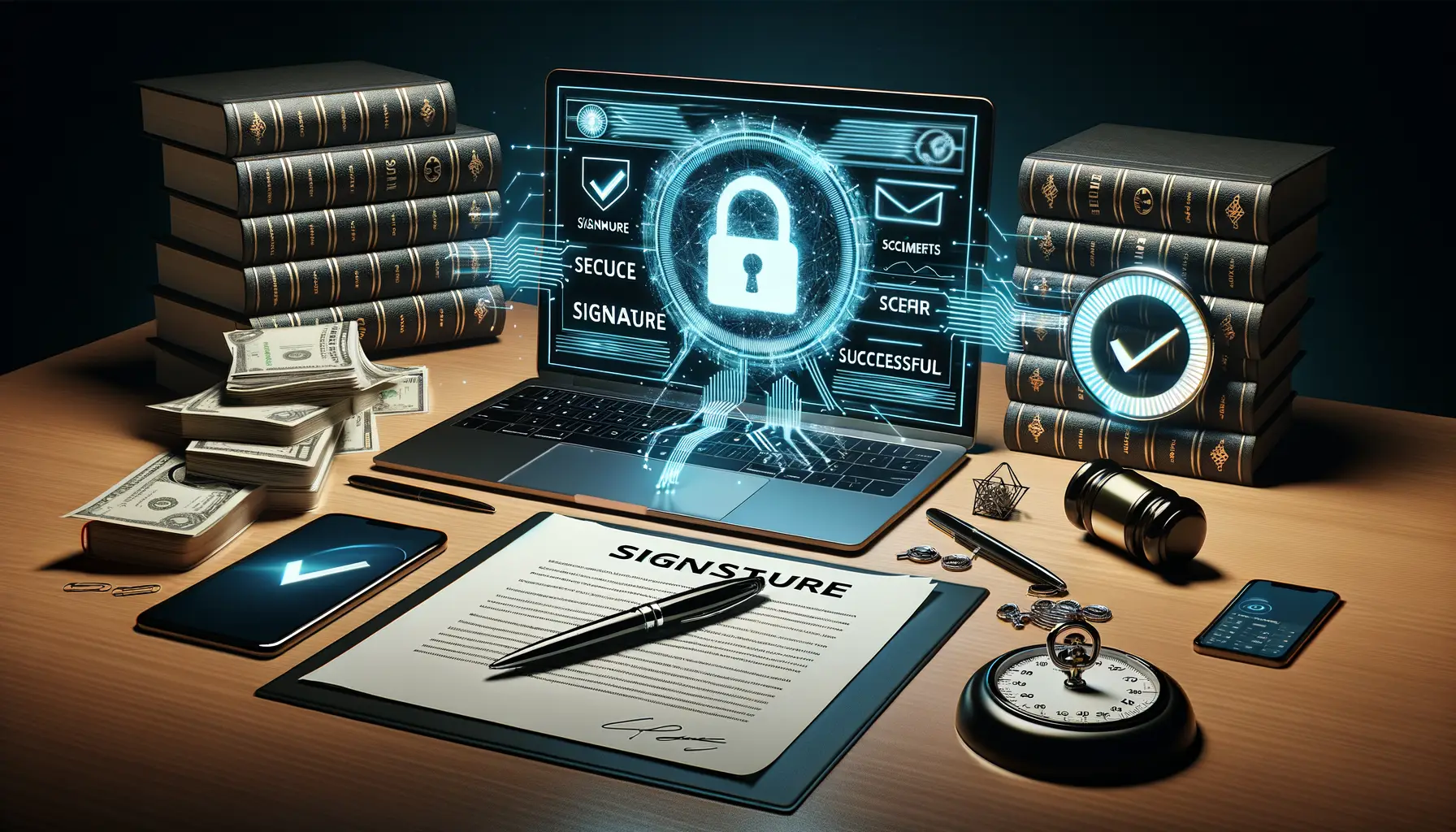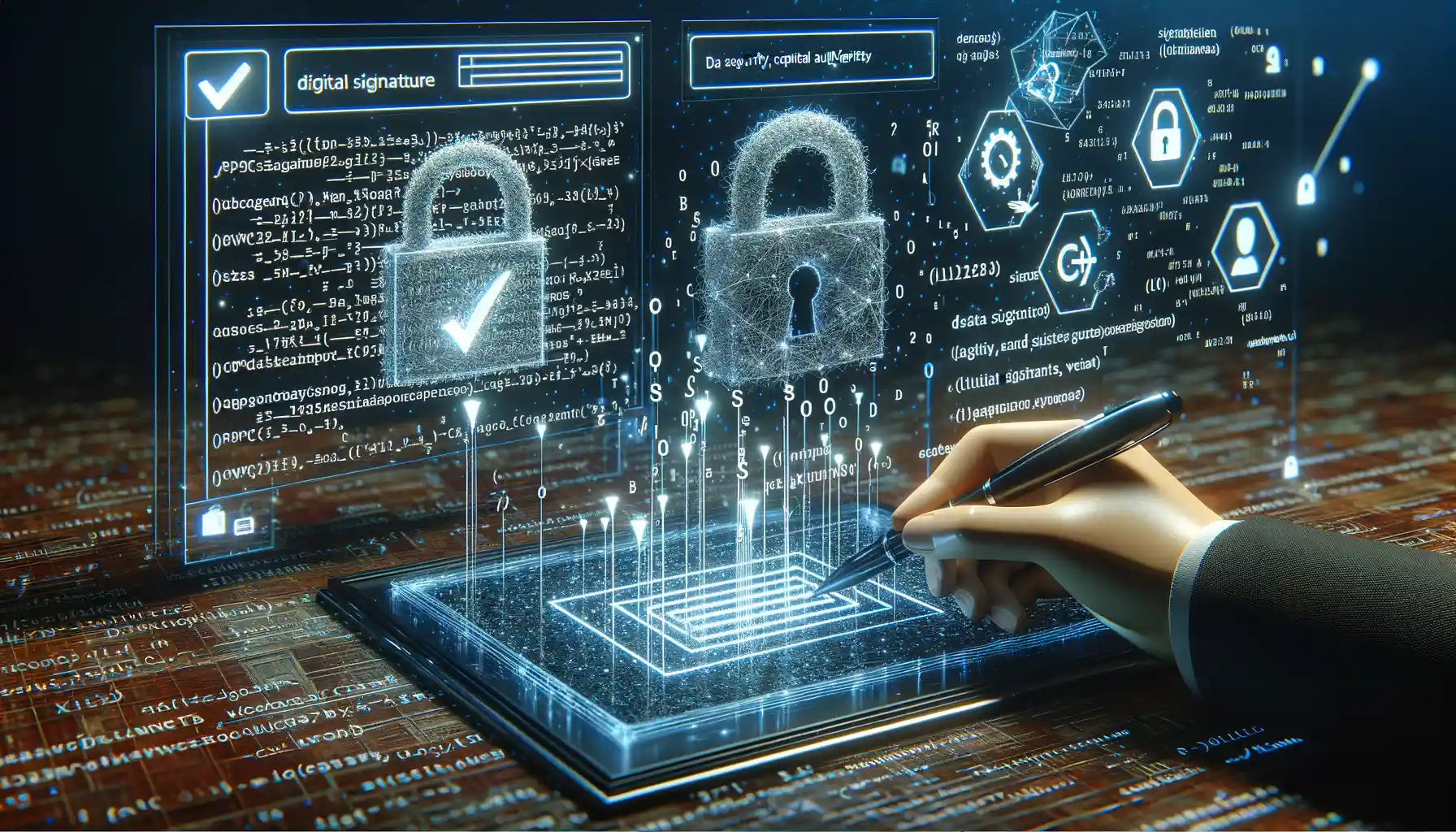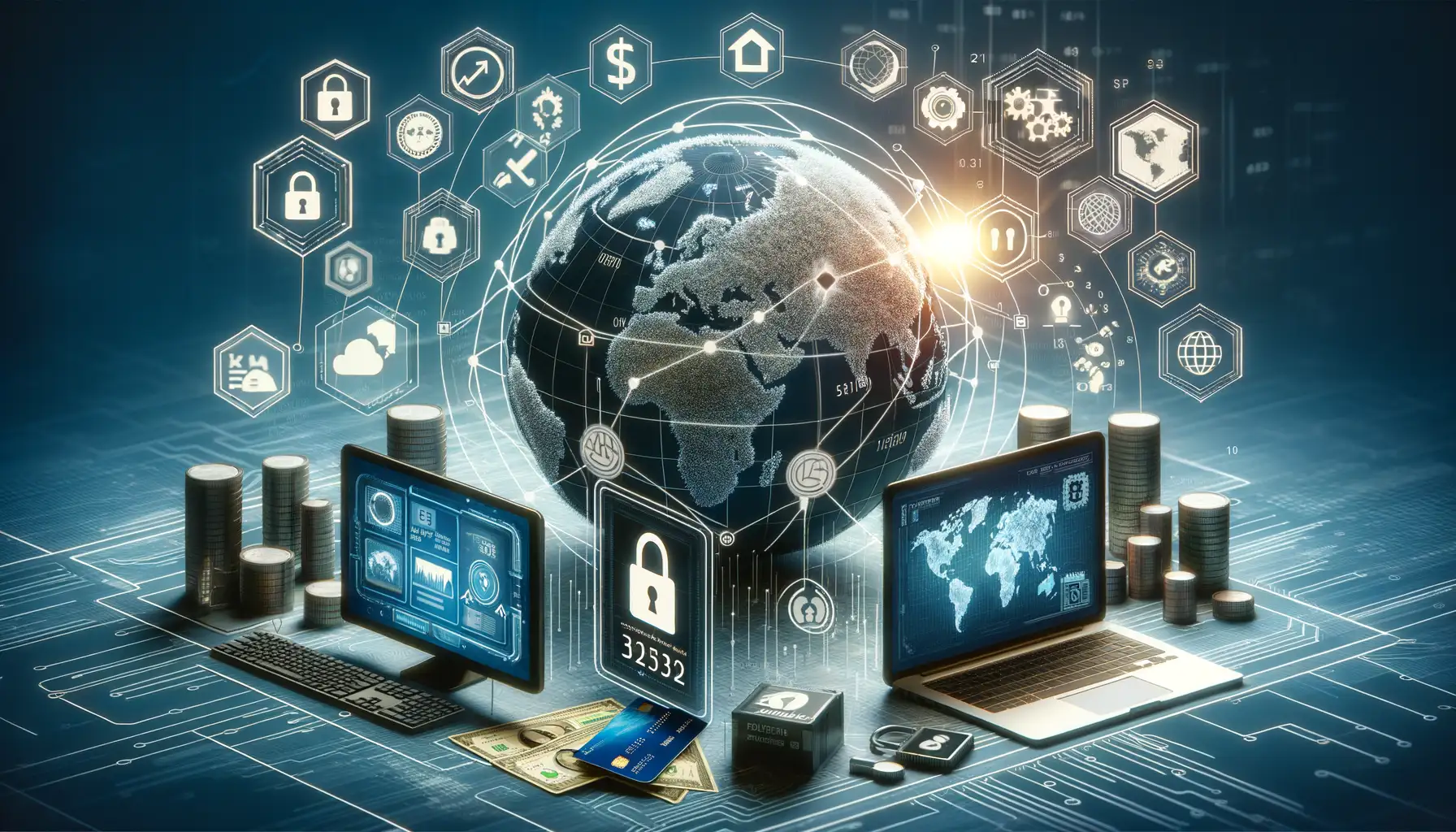Understanding the Role of Digital Signatures
The Backbone of Modern Legal Transactions
Imagine trying to sign an international agreement with just pen and paper—it’s like sending a carrier pigeon when everyone else is texting. This is where digital signatures come in, acting as the glue that holds our hyper-connected world of legal documentation together. They’re not just “nice-to-have” anymore; they’re the heartbeat of secure, trustworthy exchanges.
At its core, a digital signature is your virtual fingerprint, uniquely identifying you and validating documents with precision. Think of it as the modern equivalent of sealing a letter with wax—only this time, it’s encrypted, tamper-proof, and globally recognized.
- Authentication: They ensure the person signing is exactly who they claim to be—a safeguard against impersonation.
- Integrity: If someone tries to alter a document after signing, the signature becomes invalid, waving a giant red flag.
- Non-repudiation: Once signed, no one can deny their involvement. It’s like catching someone in HD—it’s indisputable.
In essence, digital signatures aren’t just tools—they’re trust, wrapped in technology. For businesses navigating cross-border deals, they’re nothing short of revolutionary.
Legal Validity of Digital Signatures Across Borders

Why Your Digital Signature Speaks Every Language
Imagine sending a crucial contract from New York to Tokyo, signed digitally in seconds. But here’s the million-dollar question: Is that signature legally binding across borders? The answer is a resounding “yes”—if done right. You see, the global acceptance of digital signatures isn’t just a tech trend; it’s a legal powerhouse backed by international frameworks like the eIDAS Regulation (Europe) and the ESIGN Act (United States).
What makes this fascinating is how different laws around the globe work together, almost like a symphony, to ensure these e-signatures are legit. However, not all digital signatures are built equal. Depending on the country, some require an extra layer of encryption or specific software providers to pass their standards. Don’t let this scare you, though! This is where qualified digital certificates swoop in to save the day—they’re kind of like your passport for international legitimacy.
- A standard digital signature might suffice in one country but fall short elsewhere.
- Always check whether a nation requires a “qualified” or “advanced” signature.
Understanding these nuances can save you a legal headache—and keep your deals running smoothly worldwide.
Key Benefits of Using Digital Signatures in Legal Documents

Streamline Your Legal Process With Digital Efficiency
Imagine cutting through the clutter of endless paperwork. Digital signatures are your secret weapon to a more agile and efficient legal workflow. No more chasing after physical documents or waiting for couriers. Gone are the days of lost contracts buried under a mountain of files. With digital signatures, everything happens in seconds, with just a few clicks.
Plus, think about this: you’re not just saving time—you’re saving trees, too. Choosing digital is as eco-friendly as it is practical. And when you’re working across borders, it’s nothing short of magical. Whether it’s a client in Tokyo, a partner in Berlin, or an investor in New York, digital signatures make geography irrelevant.
Rock-Solid Compliance and Accessibility
Here’s where digital signatures truly shine. Forget about the old-fashioned complexity of proving document authenticity. With security measures like encryption and audit trails, every signed document is tamper-evident and court-admissible.
Why do users rave about the experience? Let’s break it down:
- Convenience: Sign anytime, anywhere—even from your phone.
- Accuracy: Pre-fill features reduce human error.
- Global Recognition: Legally valid across countries, thanks to compliance with standards like eIDAS and ESIGN.
It’s simple: digital signatures don’t just keep up with modern demands—they anticipate them.
How Digital Signatures Ensure Security and Authenticity

Unpacking the Power of Encryption
When it comes to protecting your sensitive legal documents, think of a digital signature as your personal, armored lockbox. It’s not just about signing on the dotted line—it’s about wrapping your data in layers of security so tight, even Houdini couldn’t crack them. Digital signatures rely on cutting-edge cryptographic techniques that transform your signature into a unique and unforgeable code. Think of it like a fingerprint but made from algorithms, ensuring no one else can replicate it.
But here’s the magic: these signatures don’t just secure your document; they authenticate them too. They whisper, “Hey, this came from me and hasn’t been tampered with.” Without this authenticity check, anyone could alter your agreements, making digital signatures the guardians of your document’s integrity.
How They Catch Sneaky Changes
Imagine you’re sending an international contract via email. At first glance, it might feel like dropping a postcard into the void of cyberspace—who knows what hands it’ll pass through? A digital signature ensures that any tweak, no matter how small, sets off an alarm. Here’s why:
- Hashing: It creates a ‘digital DNA’ for your document, and if a single comma is altered, the hash changes instantly.
- Public and Private Keys: A dynamic duo! Your private key locks the document, while the recipient’s public key ensures only they can unlock it.
This process is like a bouncer at an exclusive club, verifying every guest (or change) before letting them in. The result? Crystal-clear trust in an increasingly digital world.
Future Trends in the Adoption of Digital Signatures

The Rapid Evolution of Digital Signatures
Picture this: a world where signing contracts no longer means chasing down printers, scanning stacks of pages, or waiting for physical couriers. That world isn’t just near—it’s already here, and it’s only getting better. The next chapter for digital signatures promises to be nothing short of revolutionary.
We’re talking about technologies like blockchain-based signatures that are practically tamper-proof, artificial intelligence predicting and preventing fraud before it even hits your inbox, and cloud-based solutions that sync seamlessly across devices. Imagine signing an international business contract on your phone while sipping coffee in a Parisian café, knowing it’s legally binding everywhere from Tokyo to Toronto.
But here’s the kicker—the future isn’t just about convenience. Governments and regulatory bodies around the globe are embracing digital signatures with open arms. As global legal frameworks harmonize, businesses and individuals will experience fewer cross-border headaches and more streamlined transactions.
- Biometric authentication: thumbprints and facial recognition adding an extra layer of security.
- Integration with IoT devices: think beyond phones—your smartwatch could authorize payments soon enough.
The horizon looks bright, personalized, and utterly transformative. Are you ready to sign into the future?









